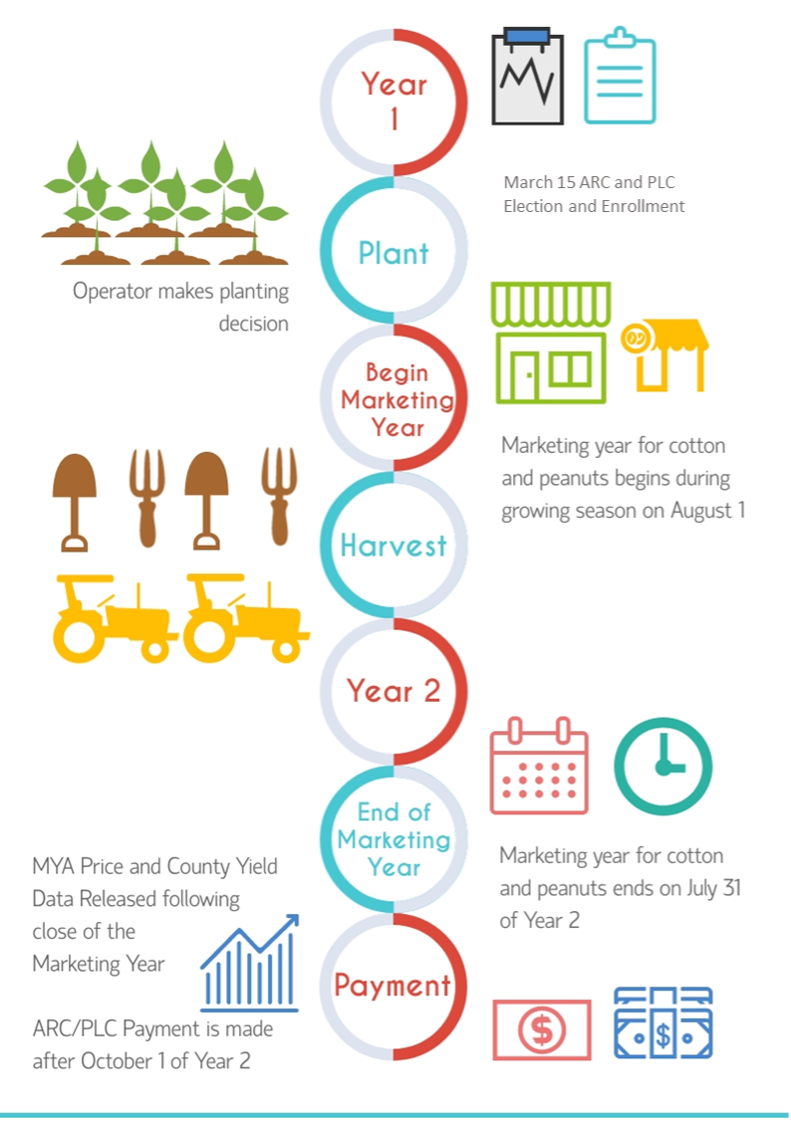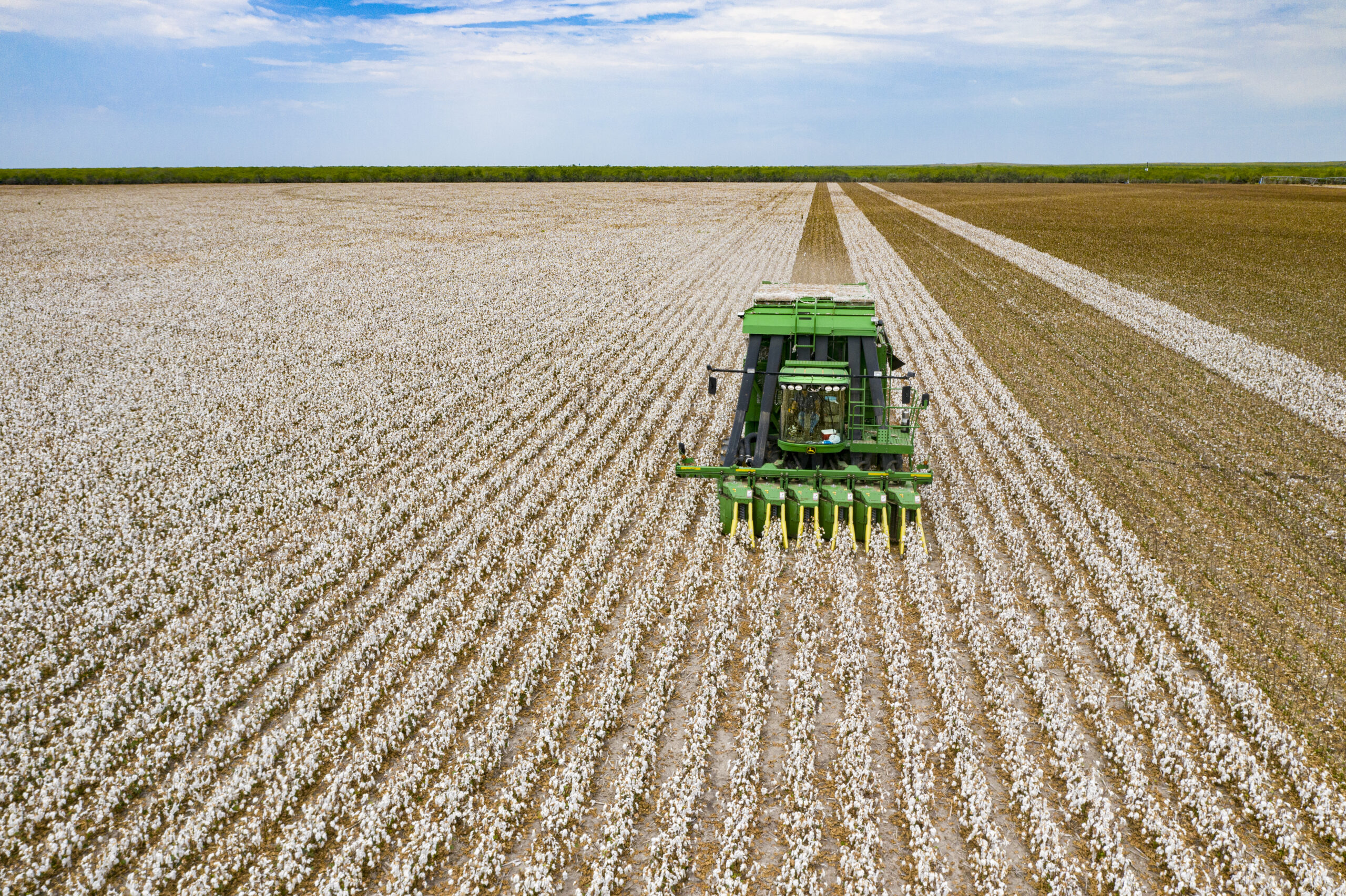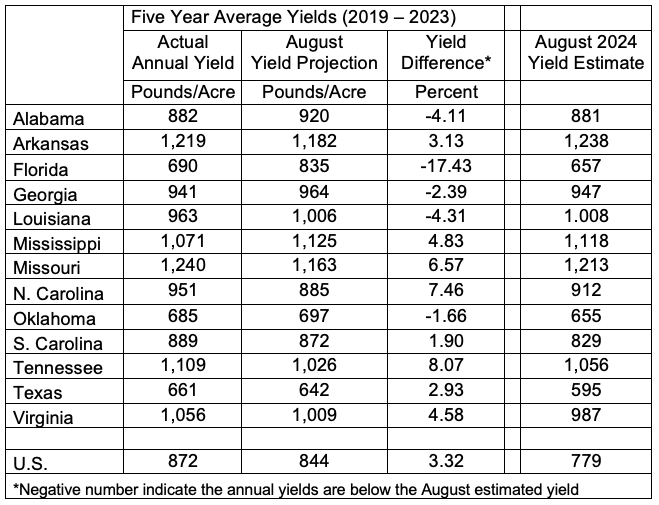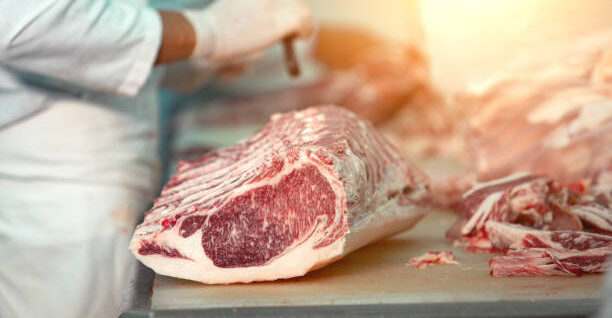The preservation of land for future generations and the creation of family legacies is an important part of the U.S. agricultural heritage. Unfortunately, many families are left vulnerable to losing their land or face complicated management decisions. This occurs because the land is passed down from one generation to the next without an appropriate transition plan or without a properly probated will.
Two recent Southern Ag Today articles (referenced below) focused on estate and transition planning, both illustrating the importance of the process of organizing and arranging the transfer of one’s assets, including real estate, to heirs in a structured and legally recognized manner. It typically involves creating a will or trust, designating beneficiaries, and addressing issues like taxes and debts. It is a crucial aspect of risk management that can keep land in the family. Land ownership where property is passed down without clear legal documentation and is shared among all the heirs is known as heirs property.
Heirs property can limit land management and complicate access to some federal programs. Each heir has an equal right to full use and possession and is legally responsible for taxes and other property-related expenses and activities. As land is passed down to future generations, and the number of heirs increases, it becomes more fractionated with each person’s percentage interest in the land decreasing. Furthermore, heirs property becomes vulnerable to loss through issues such as partition sales, tax sales, or adverse possession. Maintenance of the land and the ability to manage the use of the lands resources is also limited and can result in conflict and disputes amongst the heirs.
While heirs property is a significant issue, there are means to resolution and preventing the future creation of heirs property. This starts with a will or appropriate estate or transition plan. According to a Gallup Poll in 2020, only 46% of U.S. adults have a will. Almost a quarter of adults 65 years and older are also without a will. While we do not have these data for agricultural producers, the USDA Census of Agriculture does report the number of producers who are engaged in some form of estate and transition planning. Table 1 reports the percentage of producers in the 13-state southern region that reported being engaged in estate or transition planning in the 2017 and 2022 Census of Agriculture. In 2017, this percentage ranged from a low of 49% in Louisiana to a high of 62% in Oklahoma. These numbers fell in 2022 in all states, with Louisiana remaining the smallest percentage at 44% and Oklahoma, while still the highest, dropped to 56%. This illustrates the significant gap that exists in agricultural estate planning, leading to increased risk of creating heirs property for future generations.
There are various reasons why individuals do not engage in proper estate planning. Sometimes they feel they do not have enough assets, the process is too expensive, or the process is too complicated. Another reason is that some people are simply holding off because the conversation is uncomfortable and morbid. However, the best prevention for heirs property is education, choosing the right attorney, and formalizing a transition plan. A well-crafted estate plan can prevent a property from becoming heirs property by ensuring that a clear title is passed down to future generations. More information on the resolution and prevention of heirs property can be found in the Heirs Property in Alabama publication.
Table 1: Percentage of Agricultural Producers Engaged in Estate or Transition Planning
| State | 2017 | 2022 | Percentage Change |
| OK | 62% | 56% | -6% |
| AR | 57% | 53% | -4% |
| TX | 58% | 53% | -5% |
| VA | 56% | 53% | -3% |
| AL | 56% | 52% | -4% |
| GA | 55% | 52% | -3% |
| MS | 55% | 51% | -4% |
| SC | 56% | 51% | -4% |
| TN | 55% | 51% | -4% |
| KY | 55% | 50% | -5% |
| NC | 54% | 50% | -4% |
| FL | 51% | 48% | -3% |
| LA | 49% | 44% | -5% |
References:
Gallup. “How Many Americans Have a Will?” The Short Answer. June 23, 2021.
Graff, Natalie. “Government Incentives for Agricultural Generational Transfer?” Southern Ag Today 4(25.4). June 20, 2024.
Johnson, Portia, Ryan Thomson, Adam Rabinowitz, and Katie Keown. “Heirs Property in Alabama.” Alabama Cooperative Extension System HE-0852. Revised July 2024.
Martinez, Charley, and Kevin Ferguson. “Estate Transition Planning.” Southern Ag Today 4(27.3). July 3, 2024.
Rabinowitz, Adam, Justin Anderson, and Jamie Mardis. “Land Ownership and the Preservation of Family Farm Legacies.” Southern Ag Today 4(35.5). August 30, 2024. Permalink









